While those that collect vintage military watches in today’s day and age could largely be described as so-called “desk divers,” knowing that your watch is capable of handling whatever it may encounter is a reassuringly epic feeling. Throughout history, many of the most celebrated watchmakers have lent a hand to militaries of the world by way of wristwatch production, though as one might expect, not all military issued timepieces were created equally. With an eye for rugged durability, lasting design, and historical significance, we now take a look at a family of watches regarded by many as one of the best of the best, and with very good reason.
The watches in question today are the Type I and II from Benrus, which if you’re not already familiar with, you’re about to want one very soon. As previously stated, these watches were manufactured by Benrus, though it wouldn’t be entirely fair to credit the timepieces’ design entirely to Benrus, for reasons we’ll now explore. Back in the 1970s, the US military effectively flipped the script on military watch production by way of outlining their needs in a dive watch in extreme detail, through a document now known as MIL-W-50717. In years past, off-the-shelf, up to the task timepieces had been put to use, but with the formation of new, elite military units, more capable watches were needed.
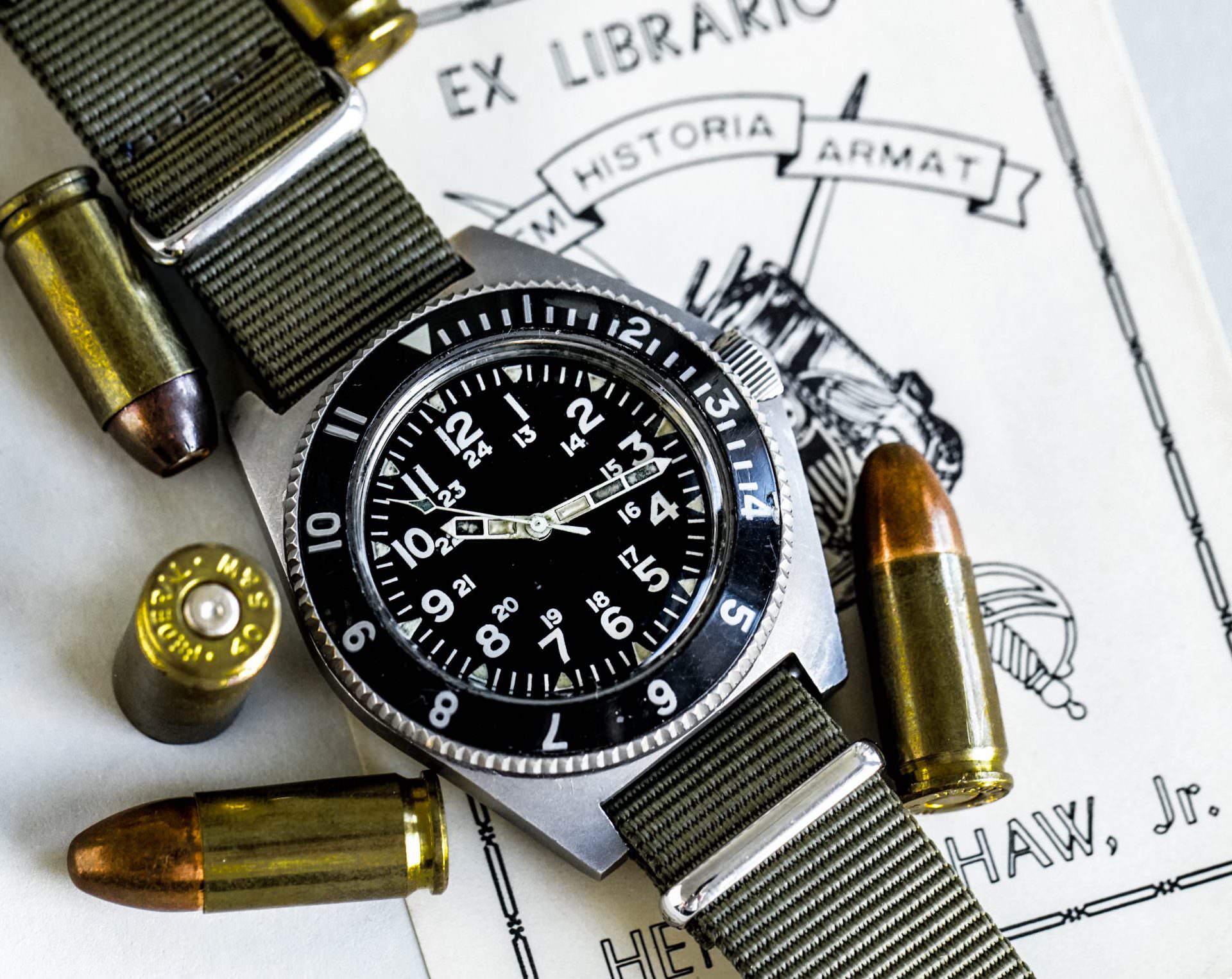
Every last specified and required detail of MIL-W-50717 can now be essentially regarded as the figurative bible for tool watch design. Such requirements included a non-negotiable depth rating, a crown that would sit flush with the case when not in use, and a luminous bezel that could be read at an angle. As one would expect, fixed bars were also a necessary part of the equation, to reduce all potential points of failure. More surprisingly, it’s worth noting that the American military was in search of not one, but two watches that could fulfill these needs in an individual manner, which gave life to the watch we know today in two forms. These, of course, were the Type I and II.
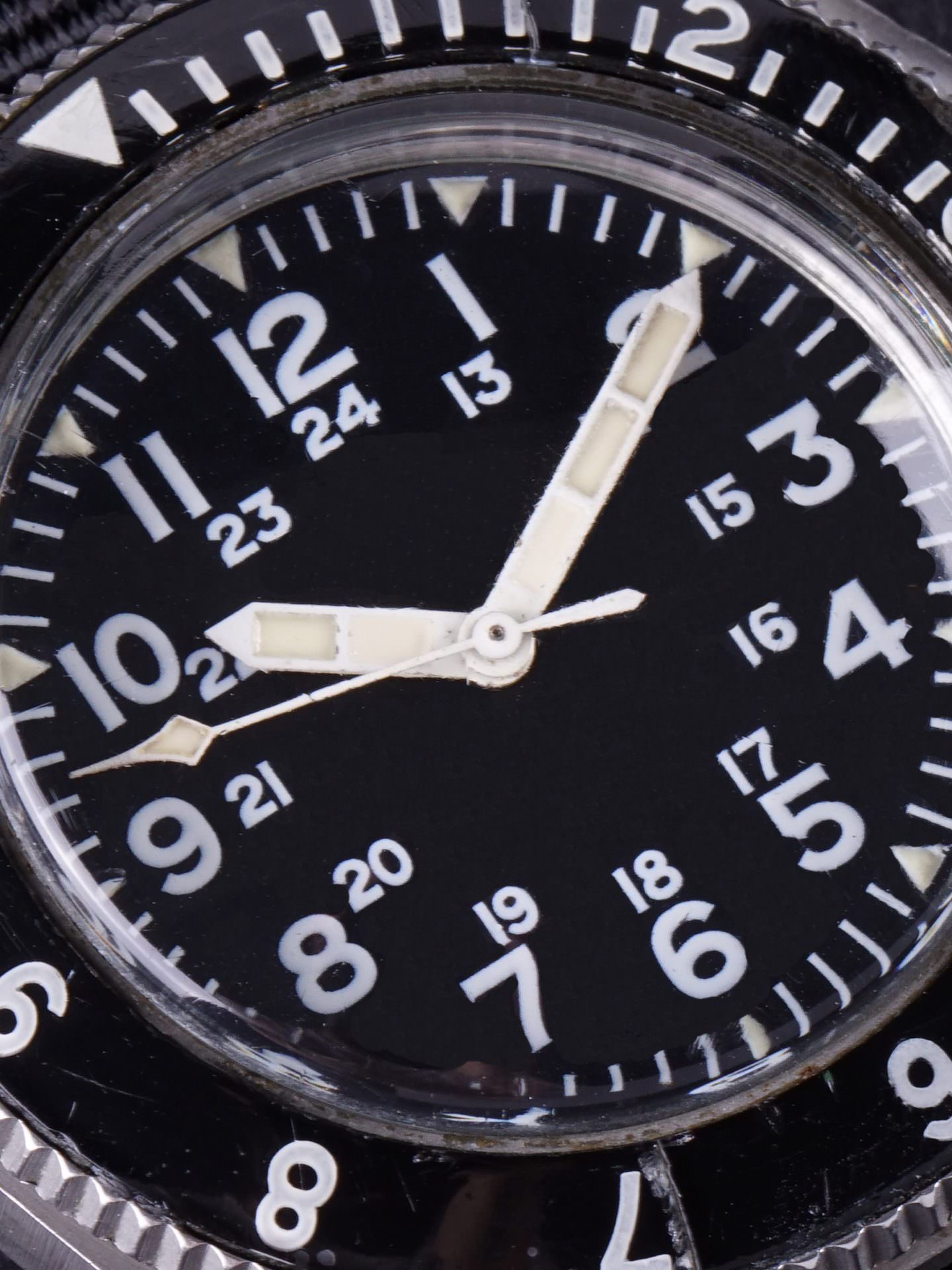

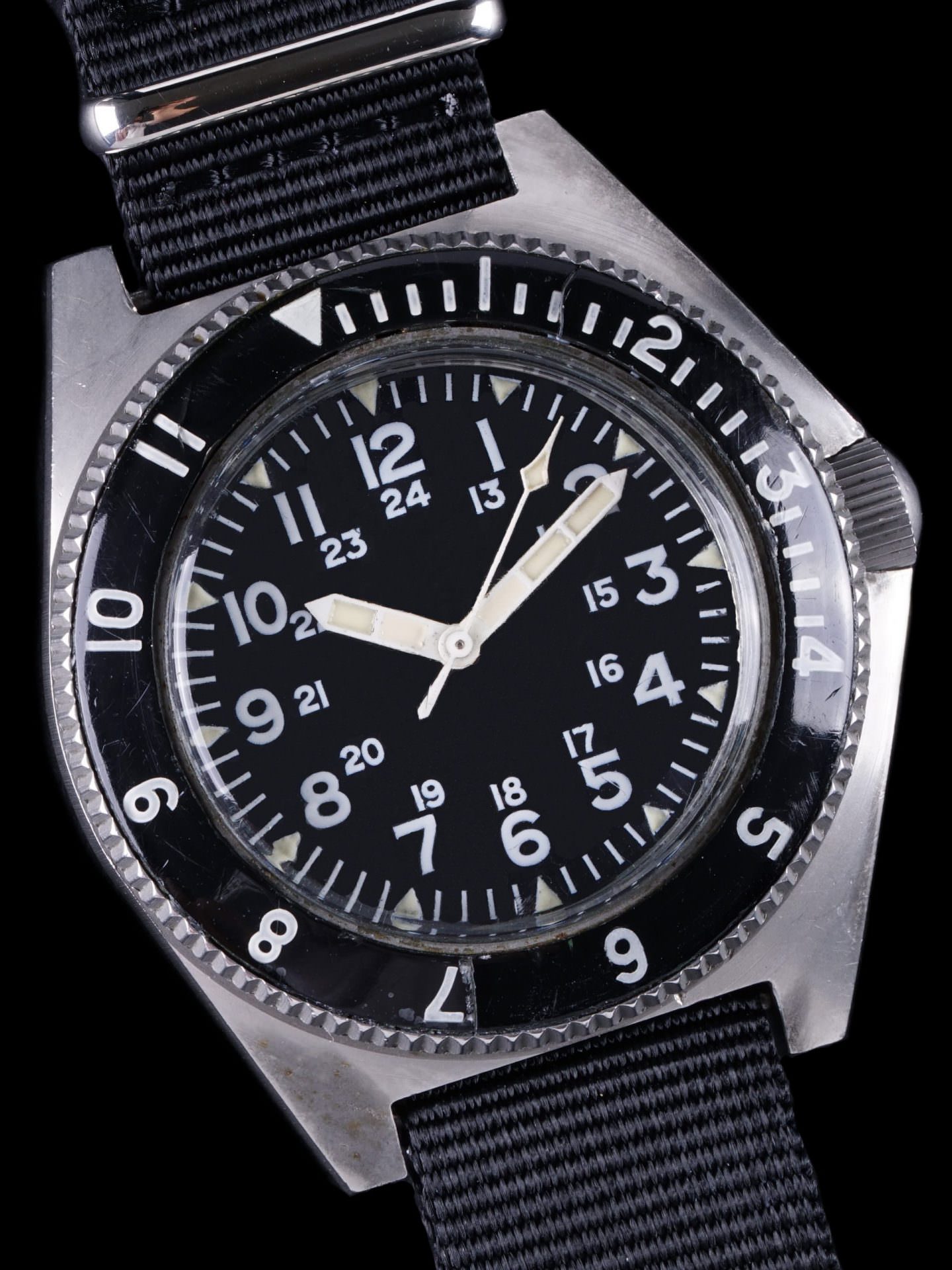
All outlined requirements ultimately boil down to satisfying three key ideal qualities — durability, legibility, and reliability — as only the best would do for the Green Beret’s, Navy Seals, and UDT divers. Benrus rose to the occasion and then some, fulfilling all requirements, and exceeding them in some cases. If you want to get too technical, requirements were exceeded in all cases, seeing as Benrus pioneered a unique, monocoque case design which only increased the timepiece’s overall durability. Without a removable caseback, the dial and movement were lowered into the single-piece case upon production, after which they’d be sealed from the top by securing the pressure-fit crystal and bezel. This afforded the Type I and II an extra degree of ruggedness, in that like the fixed bars that ran between the lugs, this was one less component which could be subject to failure.
Naturally, you might find yourself wondering where the Type I and II differ, and you’re in luck, as we’re about to break that down. A quick glance is all that’s needed to tell the two apart to a decent degree of certainty, as the two watches are differentiated by their dial and bezel insert combinations. On Type I, you’ll find a dial distilled to its basics, with luminous indices reminiscent of what’s seen on the Rolex Submariner, along with a partially graduated bezel insert with hour markings. On the Type II, a slightly more complex dial was fitted, complete with a full range of numerals and 24-hour indications, all finished with luminous compound for legibility purposes. It’s also worth noting that a non-luminous variant of the Type II was also manufactured, presumably for use in delicate situations when radioactivity could alter the accuracy of precision instruments.

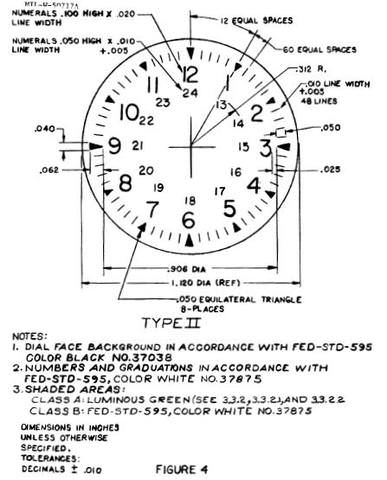
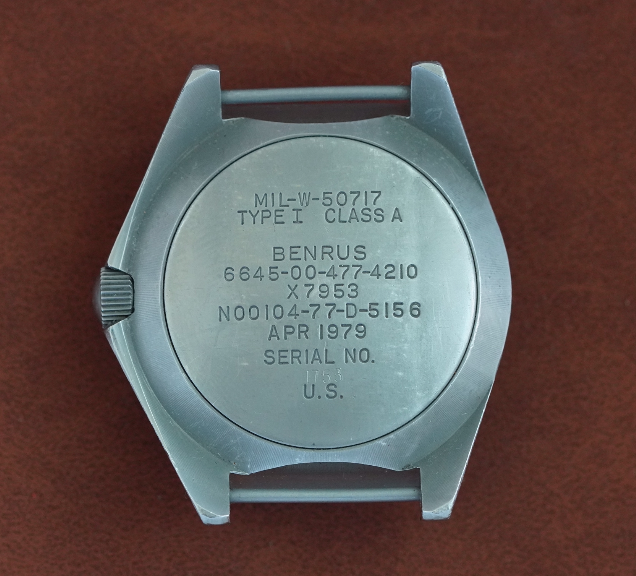

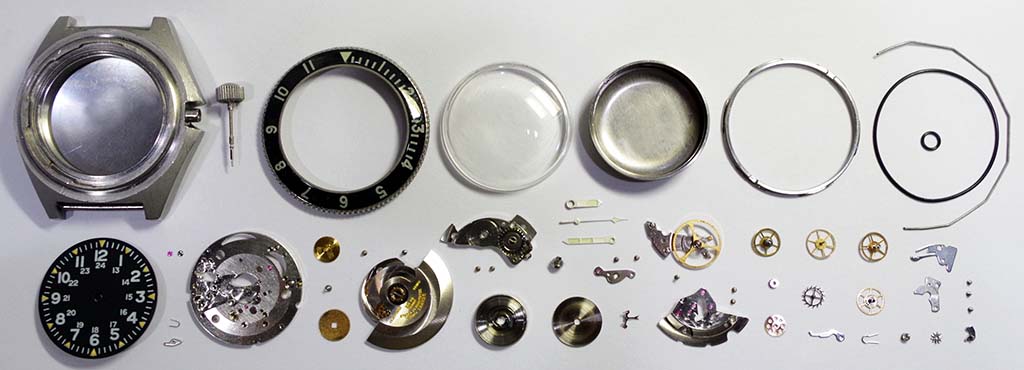
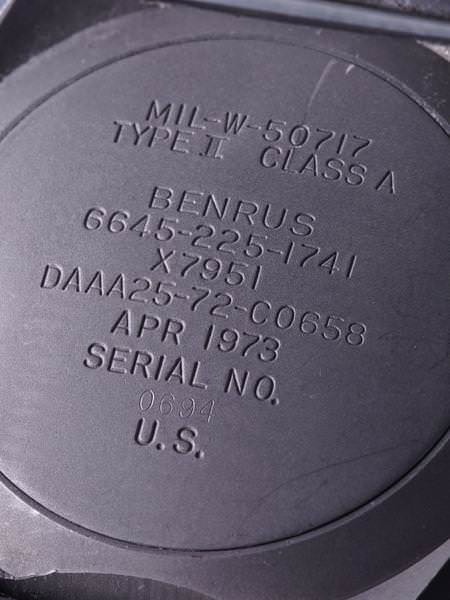
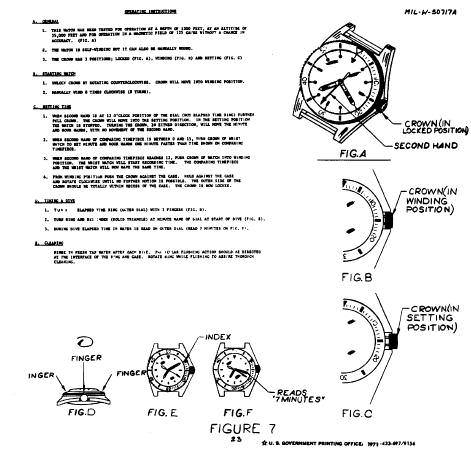
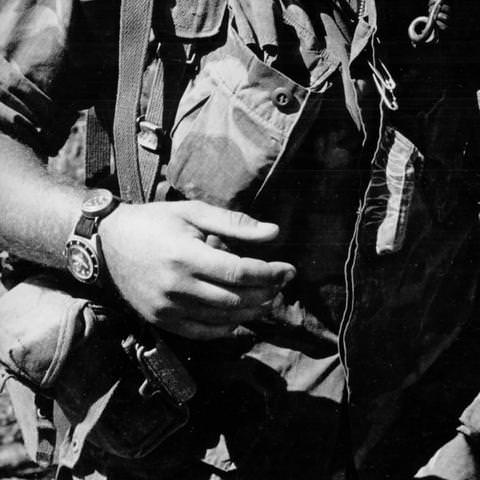

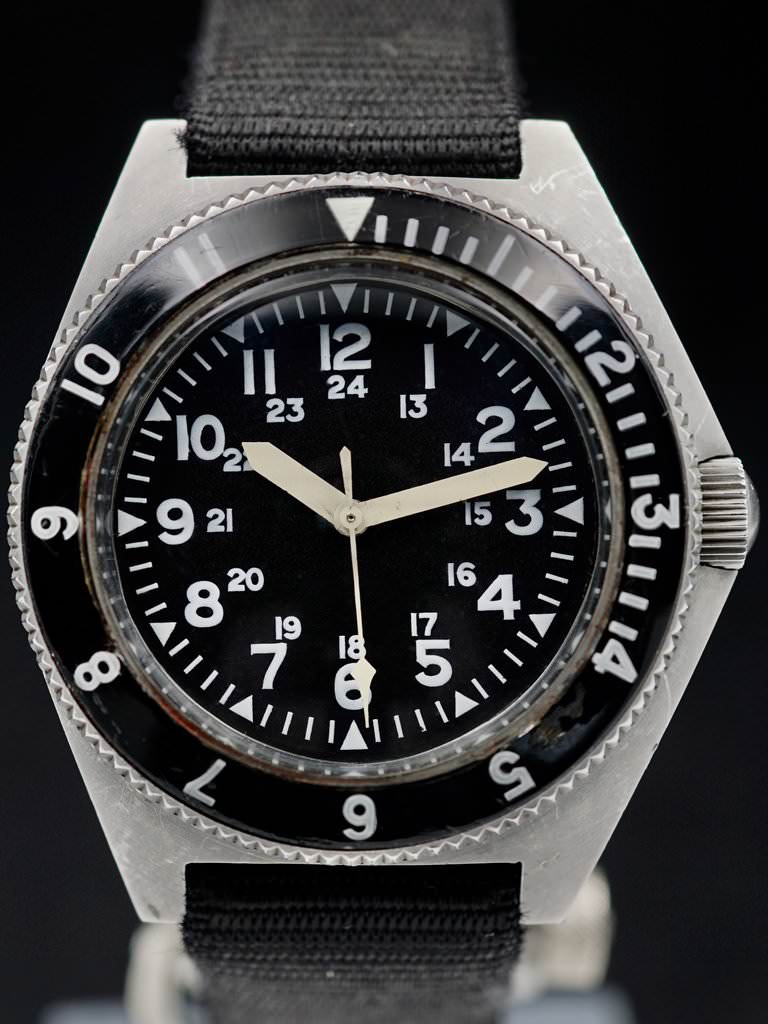
It’s estimated that somewhere in the range of just 16,000 examples of the watches were produced, with the Type II Class A being the most common, and the Type II Class B represented the rarest. How many exist today is anyone’s guess, though it’s safe to say that 16,000 examples are by no means in circulation. Those that appreciate a watch with a story — and an especially patriotic one at that — will certainly get a kick out of this timepiece’s rich history of daring adventure in the name of serving one’s country.
Though not a Rolex or an Omega, the Benrus Type I and II now command noteworthy numbers in today’s market, which can be attributed back to their scarcity, along with the genius of the design. It’s estimated that somewhere in the range of just 16,000 examples of the watches were produced, with the Type II Class A being the most common, and the Type II Class B represented the rarest. How many exist today is anyone’s guess, though it’s safe to say that 16,000 examples are by no means in circulation. Those that appreciate a watch with a story — and an especially patriotic one at that — will certainly get a kick out of this timepiece’s rich history of daring adventure in the name of serving one’s country.
We recently featured a prime example of a Benrus Type II on our Web series “What Is On My Wrist” where our founder and CEO Cameron Barr talks about the Benrus history and provides insight into a specific example that we recently had within the extended collection here at C+T be sure to check out this episode and others by following us on YouTube!
For More information about the Benrus Type I & II be sure to check out the C+T Website and if you are looking for a Benrus Type I or II be sure to drop us a line at info@craftandtailored.com

Check out 'Reference Tracks' our Spotify playlist. We’ll take you through what’s been spinning on the black circle at the C + T offices.

Never miss a watch. Get push notifications for new items and content as well as exclusive access to app only product launches.
Sign up for our newsletter to receive updates and exclusive offers